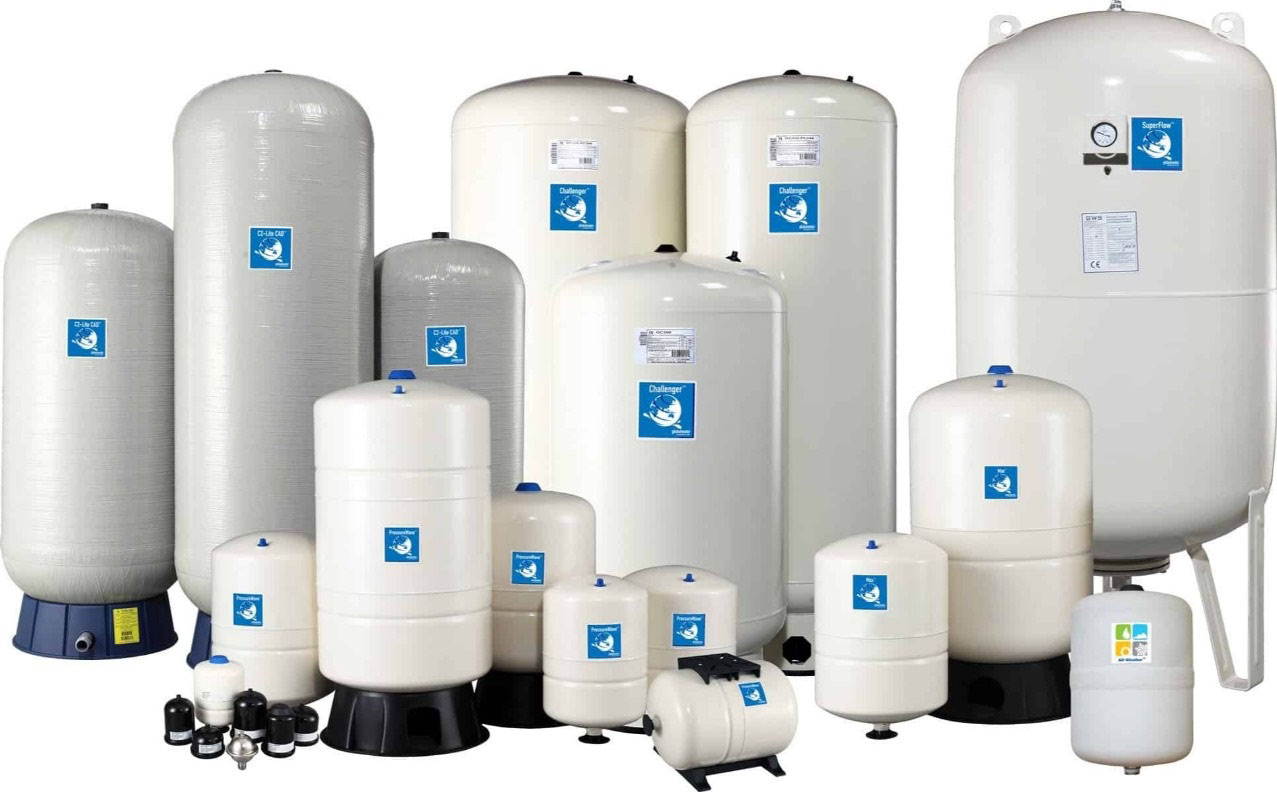
SOLAR BOREHOLE AND BOOSTER PUMPS
The energy produced by the sun, often known as solar power, may be used in a variety of methods to turn the sun’s beams into electricity.

The Advantages of Solar Water Pumps for Ground Water
They make an ideal choice when grid power is irregular or unavailable. When properly serviced and maintained and with adequate water storage, solar pumps offer great reliability. Some systems even offer apps to help you remotely monitor performance and flow rate.
One of the major advantages of a solar pump is that its energy comes straight from the sun, lowering operating costs and its environmental footprint. Solar panels may even be eligible for technology certificates from the Small-Scale Renewable Energy Scheme that can help recoup purchase costs.
Need to move a large amount of stock, or change your pump location based on the seasons? Depending on your system and site, solar water pump systems can be shifted relatively easily.
Upkeep is typically minimal compared to grid power or generators – an important factor when these pumps are often used hundreds of kilometres from service bases. If PV panels lose efficiency, they can be replaced separately to the whole system.
When it’s hot and sunny people tend to use more water, and livestock will hang closer to water troughs. A solar water pump moves more water in sunny weather and slows appropriately when it’s overcast or raining, with the option to store a backup supply if your storage tank is adequately sized.
The possibilities for solar pump systems
Solar Swimming Pool Pumps
Energy Efficiency:
- Solar pool pumps operate similarly to regular grid-connected pumps, but they harness the power of the sun instead of relying on household electricity. By using solar energy, you reduce your dependence on the grid and contribute to a more sustainable pool system.
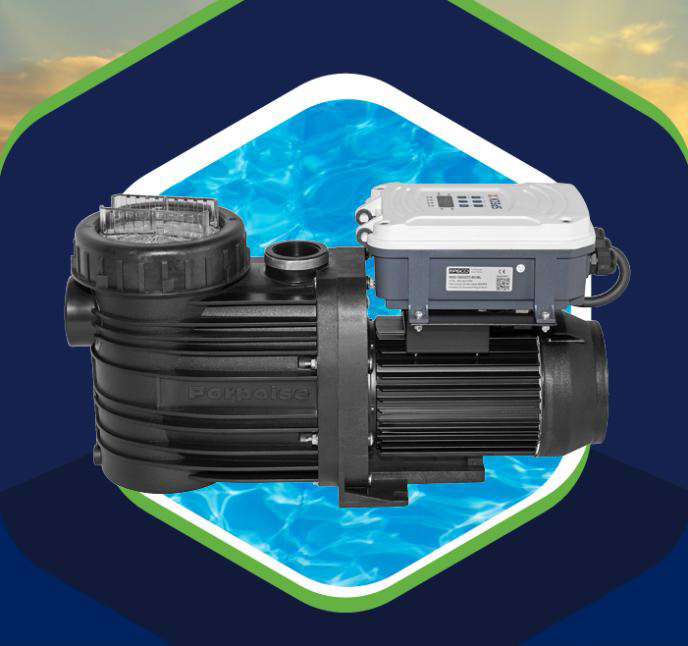

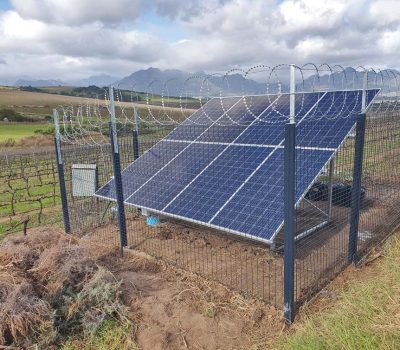






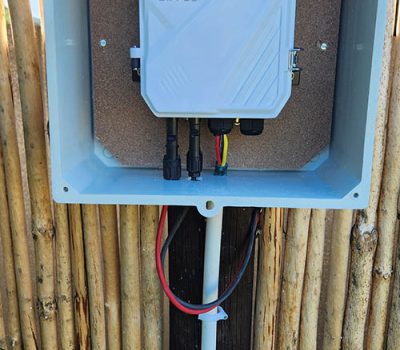


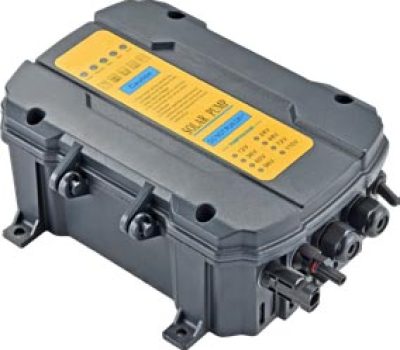


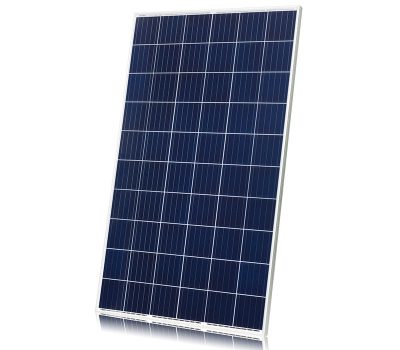

Booster Pumps & VSD Drives
A variable speed drive (also known as a VSD, variable frequency drive, VFD, adjustable speed drive, inverter, converter or simply, ‘a drive’) is a device which is used to control the speed or torque generated by an electric motor.
Basic Function:
A VSD sits between the electrical supply and the motor. It regulates the power fed to the motor. The input power from the electrical supply passes through a rectifier, converting AC power to DC power. Capacitors inside the drive smooth out the electrical waveform, providing a clean power supply.
The DC power then flows to the inverter, which converts it back to AC power for the motor.
By adjusting the frequency and voltage, the VSD allows the motor to operate at different speeds or torques based on process demands.
Using VSDs can lead to significant energy savings, reduced maintenance costs, and environmental benefits
Applications:
VSDs are commonly used in various applications, including:
Pumps: Controlling flow rates efficiently.
Benefits:
Energy Savings: VSDs allow motors to operate at optimal speeds, reducing energy consumption.
Cost Reduction: Lower maintenance costs and improved efficiency.
Environmental Impact: VSDs contribute to meeting environmental goals.
Labour Efficiency: Automated start-up processes save time and labour.
Customization: Tailor motor performance to specific requirements.
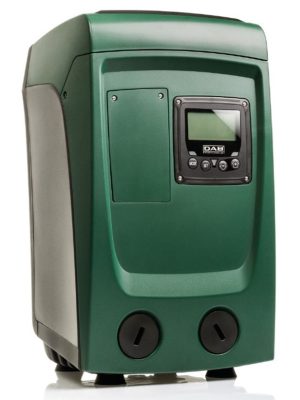
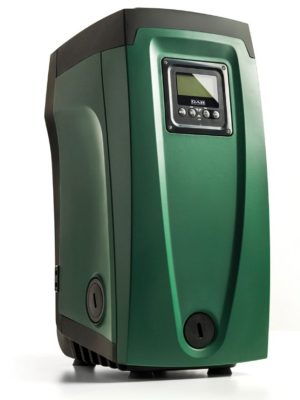
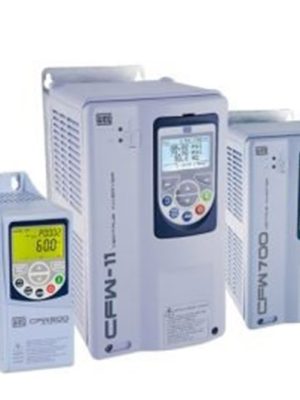
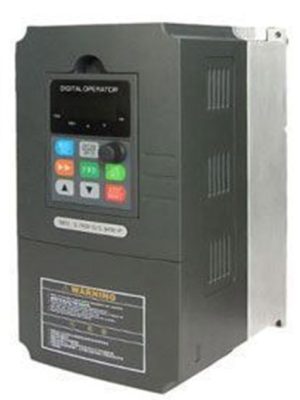
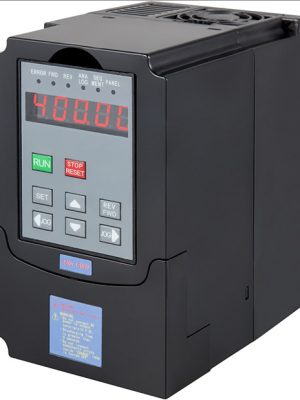
Vertical Multistage Pumps
A vertical multistage pump is a type of centrifugal pump that consists of multiple impellers stacked vertically. These pumps are commonly used when higher pressures are required in various applications. Let me provide you with some details about vertical multistage pumps:
Sulzer VMS Vertical Multistage Pump
Main Benefits:
Highest Efficiency: The VMS pump offers energy savings due to its high efficiency. Low NPSHR (Net Positive Suction Head Required): This value ensures reliable operation even under challenging conditions.
Durable Construction: Made from high-quality materials, the VMS pump has a long lifespan.
Applications:
- Municipal water supply and distribution
- Domestic water supply
- Cooling water transport
- Hot water applications
- Firefighting
- Food, chemical, and process industry
- Irrigation
Design Features:
- Modular construction with a wide range of options
- Eco-design for sustainability
- Noise reduction through optimized flow profiles and motor cooling fan design
- Maintenance-free electric motor
- Stainless steel base for water quality preservation
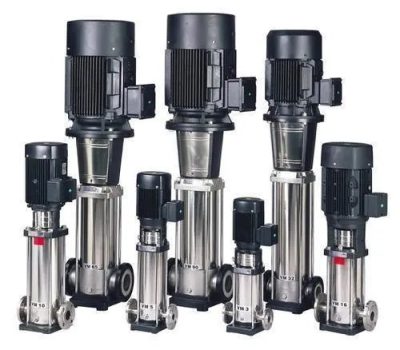
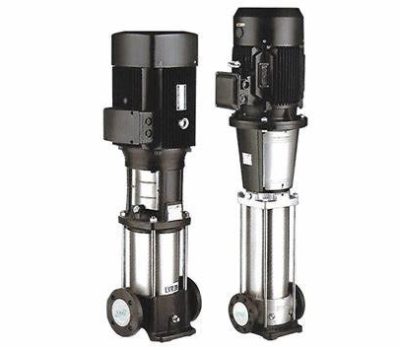
Water Pressure Tanks
What Is a Pressure Tank?
A pressure tank consists of a diaphragm or bladder that divides the tank into two sections:
The compressed air section (located in the upper part for vertical tanks).
The water section (situated in the lower part for vertical tanks).
As the pump pushes water into the tank, it compresses the air inside the diaphragm.
When water valves are opened in your house, the compressed air forces the water out of the tank toward your faucets and fixtures.
The pressure tank works alongside a pressure switch, which turns the pump on or off based on the pressure level.
Advantages of Pressure Tanks:
Acts as a water reservoir, allowing water to be drawn from the tank without the pump cycling excessively. This protects and prolongs the pump’s lifespan.
Controls water pressure, reducing air in the pipes and minimizing water hammering.
Sizing a Pressure Tank:
Larger tanks are generally better because they reduce pump cycling.
To size a tank, consider the following:
- Pump flow rate (in liters per minute, L/min).
- Minimum runtime for the pump.
- Cut-on and cut-off pressure.
Calculate the drawdown (the amount of water available in the tank between pump cycles):
Drawdown = Runtime × Flow rate.
Note that drawdown is usually less than the tank capacity.
